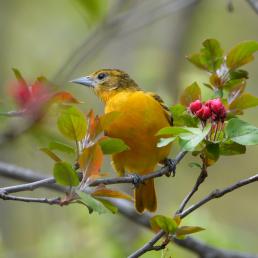

Join BirdNote tomorrow, November 30th!
Illustrator David Sibley and actor H. Jon Benjamin will face off in the bird illustration battle of the century during BirdNote's Year-end Celebration and Auction!
How the heck do you tell all those peeps and sandpipers apart?
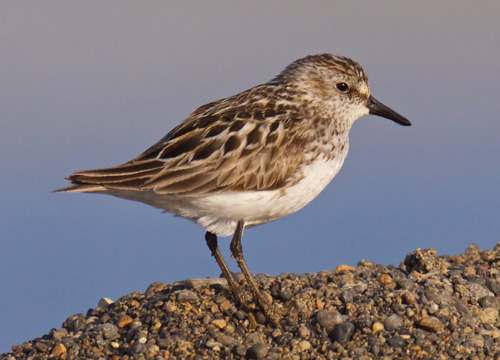
To become proficient in identifying birds, I recommend a bimodal approach.
The bird mode involves looking at birds. The nice thing about sandpipers is that you can often study them at leisure. Pick a spot where both you and the birds can be comfortable, where they accept you as part of the scenery. Set up a spotting scope and study one in detail. After you are satisfied that you know what it looks like, look at others around it (they are addicted to flocking) to see if they are the same or different. Look at their bills, their legs, their patterns and subtle colors. Look at where and how they feed. If you think they're not all the same, try to sort them into categories. Take notes or make a sketch; these actions force you to really look at a bird.
The book mode involves looking at books. See how a standard field guide describes and distinguishes the common small sandpipers of this area (pay no attention to the rare ones). See what parts of the birds are used to distinguish them. Write this up as your own summary. Remember that shorebirds have breeding, nonbreeding, and juvenile plumages and know when to expect each one. Three plumages for the price of one!
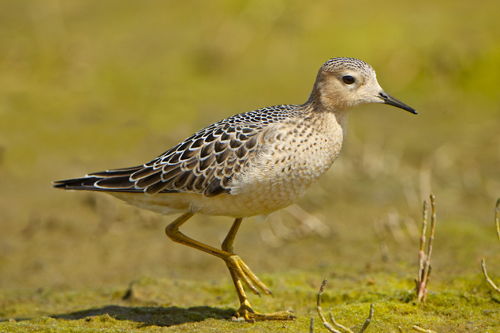
Look at a second field guide. If the books differ from one another, try to learn why when you go back to the bird mode. If you are really serious about your question, there are several published field guides just to deal with North American shorebirds. They go into much more detail than the general field guides and may have introductory sections on identifying shorebirds.
Try each mode separately, then put them together. Compare what you learned in the books with what you see on the birds. Do the call notes match the book descriptions? Were you able to integrate the variation you see into different species, or different plumages of the same species? Have you seen differences in the behavior or habitat of different species that give each one its own personality?
Finally, I recommend the classical piano-teacher admonition: "Practice, practice, practice." The more familiar you are with something, the more you can appreciate it; at the very least, the more likely you are to be correct when you apply a name to it.
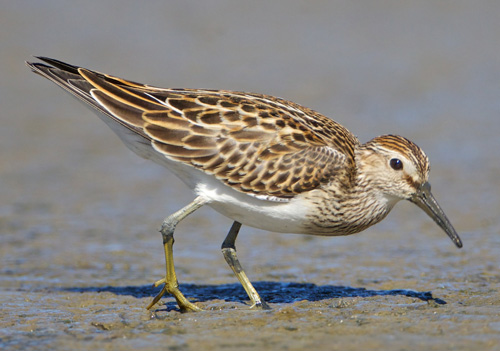
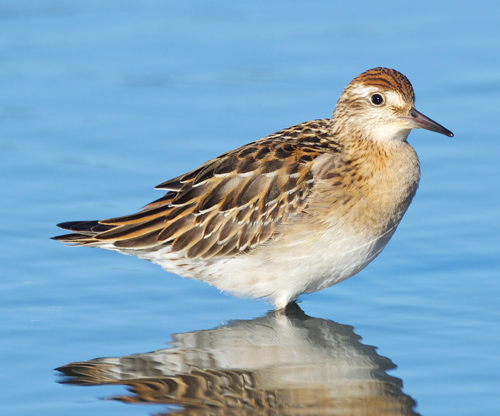
© Gregg Thompson
Dennis Paulson is the author of Shorebirds of North America: The Photographic Guide and Shorebirds of the Pacific Northwest, as well as many other books.
